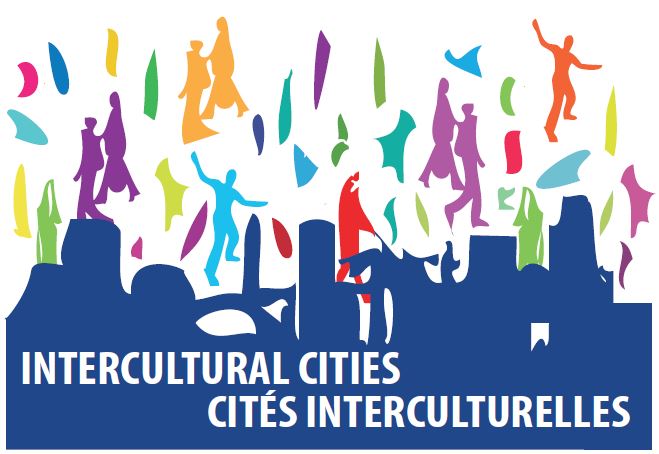Guadalupe, Mexico - Intercultural City

According to the national population census, the city of Guadalupe has 643,143 hundred inhabitants. It was founded by Francisco de Barbadillo y Vitoria on 4 January, 1716, with the help of the indigenous population of Tlaxcalans, and in 1971 it became a fully fledged city.
Guadalupe covers a surface of 117.79 square kilometers, and is home to the Cerro de la Silla, a protected natural monument and world symbol of the State of Nuevo León. In addition, the La Silla river, the only living river in the metropolitan area, which was declared a protected natural area, passes through the city and through the Tolteca Park, which is pet-friendly and is surrounded by 300 years-old junipers.
Within the city area is also the BBVA of Rayados Stadium, which was inaugurated in August 2015, and will be a sub-venue for the 2026 FIFA World Cup.
Guadalupe is considered the "heart" of the metropolitan area, as it has a road interconnection with a number of mobility options, such as Metro, transmetro, ecovía and urban routes.
Since 2022, the city has adopted the Regulations for the Inclusion of Persons with Disabilities and other vulnerable groups of Guadalupe, and has served to regulate the Care Center for Autism and Down Syndrome "Lazos", where children from 0 to 16 years of age receive different therapies.
Due to its proximity to the United States, Guadalupe has numerous arrivals of migrants, which is why it created a “one stop shop” for Attention to Migrants, through inter-institutional collaboration, both federal and municipal. It also held the first Inclusive and Intercultural Fair to publicise the traditions, culture and activities of various groups, including migrants.
It is the first Municipality in Nuevo León to have the Labor Standard, NMX R025, of Equality and Non-Discrimination at gold level, the highest qualification at the national level, for the public policies implemented to achieve a culture of labor equality between women and men.
In the city of Guadalupe there is a great diversity in the population that resides in the city as well as those who temporarily pass through it.
According to the population census, Guadalupe has more than 5,000 people who belong to an indigenous community and more than 4,000 of them speak an indigenous language such as Nahuatl, Huasteco, Tsotsil, Totonaca, Maya, Otomí, Chinateco, Zapotec and Ch'ol.
At the same time, more than 11,000 people in Guadalupe recognise and identify themselves as Afro-descendants.
In the last 5 years, Guadalupe has known an increase of 60% (2,000+) of foreign immigration, mostly from the United States of America, Honduras and Venezuela.
Guadalupe has quickly become a city where people see opportunities to grow, make their dreams come true, and above all, have a dignified life.
- What is the ICC Index?
- Guadalupe City Results




